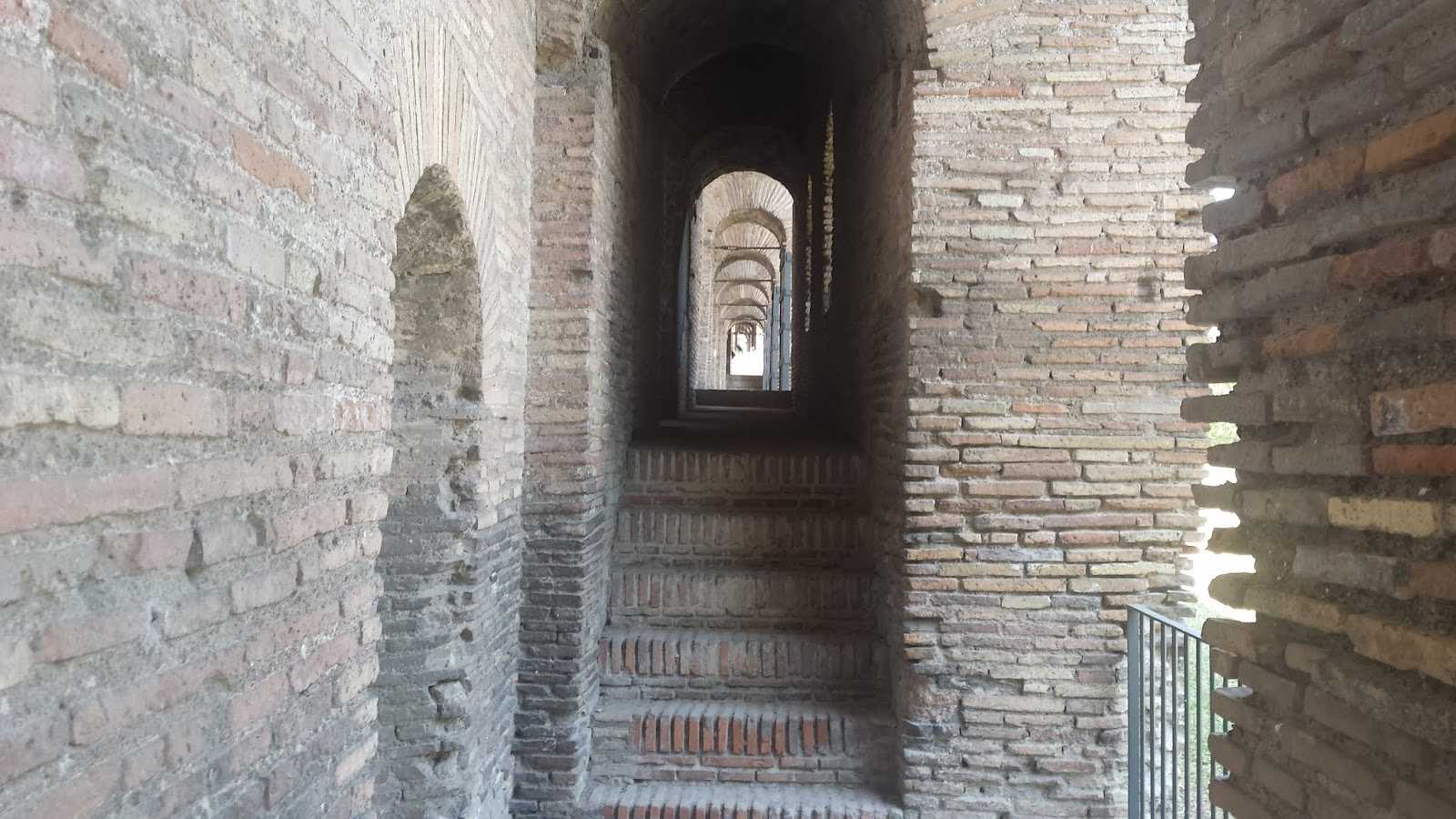Discovering the Ancient Walls of Rome: Aurelian Wall
The Aurelian Wall is one of Rome’s most fascinating historical structures, offering a glimpse into the city’s ancient past. Built between 271 and 275 AD during the reign of Emperor Aurelian, these walls were constructed to protect Rome from external threats. Today, they stand as a testament to Roman engineering and provide a unique opportunity for exploration and learning.
Historical Significance of the Aurelian Wall
The Aurelian Wall was constructed at a time when the Roman Empire was facing increasing threats from barbarian invasions. Unlike earlier fortifications that protected only the city’s core, the Aurelian Wall encompassed a much larger area, reflecting Rome’s expansion and the need for greater security. Stretching approximately 19 kilometers (about 12 miles) and originally standing at 8 meters (26 feet) high, the wall was a formidable barrier.
The wall’s construction marked a significant shift in Roman military strategy. It was built using concrete and brick, materials that were both durable and readily available. The wall included numerous gates, towers, and bastions, allowing for effective defense and control of access to the city. Over the centuries, the wall was repaired and modified, adapting to the changing needs of the city and its inhabitants.
Exploring the Aurelian Wall Today
Today, the Aurelian Wall is a fascinating site for visitors to explore. While much of the wall has been integrated into the modern cityscape, several sections remain well-preserved and accessible. Walking along these ancient fortifications offers a unique perspective on Rome’s history and development.
One of the best-preserved sections of the wall can be found near the Porta San Sebastiano, one of the original gates. Here, visitors can explore the Museo delle Mura, a museum dedicated to the history of the wall. The museum provides detailed information about the wall’s construction, its role in Roman defense, and its evolution over time. From the top of the wall, you can enjoy panoramic views of the surrounding area, offering a glimpse into the strategic importance of this ancient structure.
Another notable section is near the Pyramid of Cestius, where the wall intersects with this ancient Roman tomb. This area provides a unique juxtaposition of different historical periods, showcasing the layers of history that make Rome such a captivating city.
Practical Tips for Visiting the Aurelian Wall
When planning a visit to the Aurelian Wall, there are a few practical considerations to keep in mind. First, wear comfortable walking shoes, as exploring the wall involves a fair amount of walking. The terrain can be uneven in places, so sturdy footwear is essential.
It’s also a good idea to bring a map or guidebook to help navigate the different sections of the wall. While some parts are well-marked, others can be more challenging to find, especially in areas where the wall has been incorporated into modern buildings.
Consider visiting early in the morning or later in the afternoon to avoid the midday heat, especially during the summer months. This will also help you avoid the crowds, allowing for a more peaceful and enjoyable experience.
Finally, take the time to explore the surrounding neighborhoods. The areas around the Aurelian Wall are rich in history and culture, offering plenty of opportunities to discover local cafes, shops, and other attractions.
